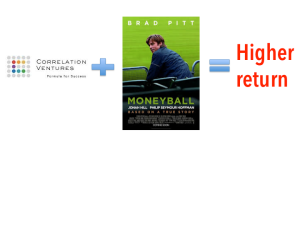The best and most empirically supported strategy book I have ever read is Blue Ocean Strategy and the authors of the 2005 book, W. Chan Kim and Renee Mauborgne, just published a great article on the Harvard Business Review, “Blue Ocean Leadership.” The need for blue ocean leadership is highlighted by the statistics that only 30 percent of employees are actively committed to doing a good job, 50 percent just put their time in while 20 percent act out their discontent by negatively influencing co-workers, missing days on the job and driving customers away through poor service. Just step back and re-read that last sentence: 20 percent of all employees in the US act in counterproductive ways.
Poor leadership is the cause of this widespread employee disengagement, according to US polling agency Gallup. People do not intend to be poor leaders but they lack a clear understanding of what changes it would take to bring out the best in everyone and achieve high impact. The authors extend their research and theory from Blue Ocean Strategy, which essentially is a framework for turning non-customers into customers, and applies concepts and analytic underpinnings to help leaders release the blue ocean of unexploited talent and energy in the organization.
The key insight is that leadership should be considered a service that employees “buy” or “don’t buy.” Every leader has customers, the bosses the leader must deliver performance and the followers who need the leader’s guidance and support to achieve. When people value your leadership, they are effectively buying your leadership. They are inspired to excel. Conversely, when they do not buy your leadership, they disengage, becoming non-customers.
How Blue Ocean Leadership is different
Blue Ocean Leadership rapidly brings a step change in leadership strength. There are three overarching ways that is differs from traditional leadership:
- Focus on acts and activities. Blue Ocean Leadership focuses on what acts and activities leaders need to undertake to boost their teams’ motivation and business results, not on who leaders need to be. It is much easier to change people’s acts and activities than their values, qualities or behavioral traits. Activities are something that any individual can change, given the right feedback and guidance.
- Connect closely to market realities. Under Blue Ocean Leadership, the people who face market realities are asked for their direct input on how their leaders hold them back and what those leaders could do to help them best serve customers and key stakeholders. When people are engaged in defining the leadership practices that will enable them to thrive, those practices are connected to the market realities against which they need to perform, and they are then highly motivated to create the best possible profile for leaders and to make new solutions work. Their willing cooperation maximizes the acceptance of new profiles for leadership while minimizing implementation costs. Traditional leadership development programs tend to be quite generic and are often detached from what companies stand for in the eyes of customers and from the market results people are expected to achieve.
- Distribute leadership across all management levels. Blue Ocean Leadership is designed to be applied across the three leadership levels: top, middle and frontline. It calls for profiles for leaders that are tailored to the very different tasks, degrees of power and environments that you find at each level. Extending leadership capabilities deep into the front line unleashes the latent talent and drive of a critical mass of employees, and creating strong distributed leadership significantly enhances performance across the organization. Conversely, most traditional leadership programs focus on executives and their potential for impact now and in the future.
Continue reading “Blue Ocean Leadership”



